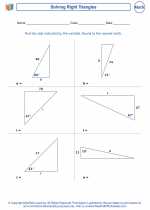Logical Operators
Logical operators are used to connect multiple expressions in a statement and produce a single result based on the evaluation of those expressions. In mathematics and computer programming, logical operators are used to perform logical operations on one or more boolean values (true or false).
Types of Logical Operators
There are three main types of logical operators: AND, OR, and NOT.
- AND Operator (&&): The AND operator returns true if both the expressions it connects are true, otherwise it returns false.
- OR Operator (||): The OR operator returns true if at least one of the expressions it connects is true, otherwise it returns false.
- NOT Operator (!): The NOT operator is used to reverse the logical state of its operand. If a condition is true, then the NOT operator will make it false, and vice versa.
Truth Tables
Truth tables are used to show the result of logical operations for all possible combinations of input values. Here are the truth tables for the AND, OR, and NOT operators:
| AND Operator | Input 1 | Input 2 | Result |
|---|---|---|---|
| && | true | true | true |
| && | true | false | false |
| && | false | true | false |
| && | false | false | false |
| OR Operator | Input 1 | Input 2 | Result |
|---|---|---|---|
| || | true | true | true |
| || | true | false | true |
| || | false | true | true |
| || | false | false | false |
| NOT Operator | Input | Result |
|---|---|---|
| ! | true | false |
| ! | false | true |
Examples
Here are some examples of how logical operators can be used in mathematical expressions and computer programming:
- Mathematical Expression: (a > 5) && (b < 10) means "a is greater than 5 AND b is less than 10."
- JavaScript Code:
if (x > 0 || y < 0) { // Do something }
Study Guide
When studying logical operators, make sure to understand the truth tables for AND, OR, and NOT operators. Practice creating logical expressions using these operators and interpreting the results. Additionally, apply logical operators in programming languages like JavaScript or Python to solve problems and make decisions based on multiple conditions.
Understanding logical operators is essential for writing efficient and effective code, as they are often used in conditional statements, loops, and decision-making processes.
Remember to practice and reinforce your understanding through exercises and code examples.
.◂Math Worksheets and Study Guides Seventh Grade. The Pythagorean Theorem
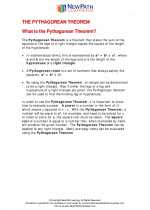
 Study Guide
Study Guide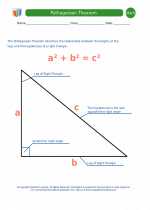
 Worksheet/Answer key
Worksheet/Answer key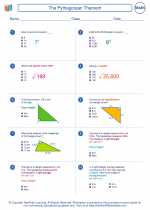
 Worksheet/Answer key
Worksheet/Answer key
 Worksheet/Answer key
Worksheet/Answer key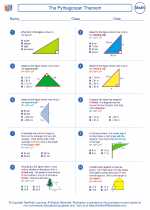
 Worksheet/Answer key
Worksheet/Answer key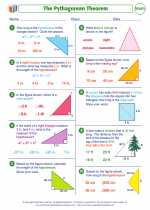
 Worksheet/Answer key
Worksheet/Answer key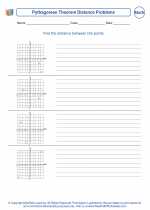
 Worksheet/Answer key
Worksheet/Answer key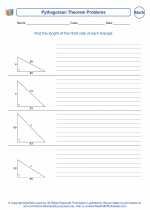
 Worksheet/Answer key
Worksheet/Answer key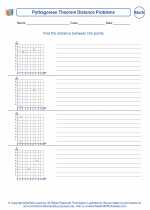
 Worksheet/Answer key
Worksheet/Answer key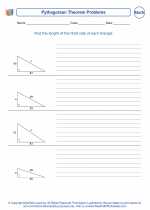
 Worksheet/Answer key
Worksheet/Answer key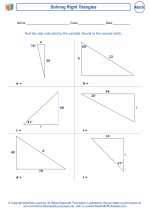
 Worksheet/Answer key
Worksheet/Answer key